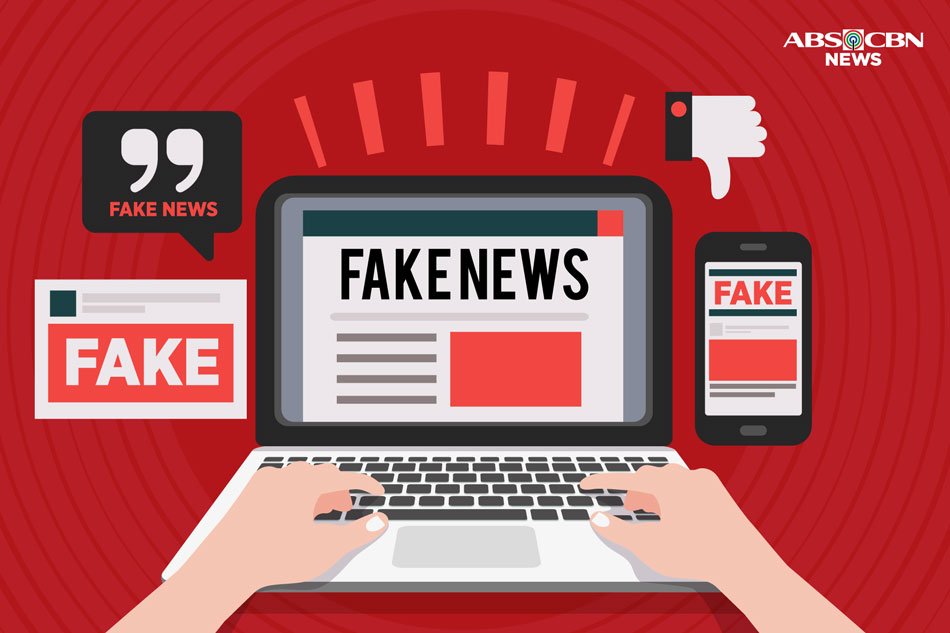Washington: Researchers have identified seven types of fake news, an advance that could help better spot misinformation, and create technology that can automatically detect misleading content.
The researchers from Pennsylvania State University in the US have narrowed down myriad examples of fake news to seven basic categories, including false news, polarised content, satire, misreporting, commentary, persuasive information, and citizen journalism.
The study, published in the journal ‘American Behavioral Scientist’, also contrasted those types of content with real news.
“There is a real crisis in our cultural understanding of the term ‘fake news’, so much so that several scholars have actively moved away from that label because it’s so muddy, confusing and weaponised by certain partisan sources,” said S Shyam Sundar, a professor at the university.
The researchers found that real news has message characteristics that differentiate it from the various categories of fake news, such as adherence to journalistic style.
False news tends to be less grammatical and less factual, with greater reliance on emotionally charged claims, misleading headlines and so on. They also differ in the kinds of sources they use and how they use them.
The study noted differences in the structure of the site, such as the use of non-standard web addresses and personal e-mails in the ‘contact us’ section.
Network differences can be used to help distinguish them, with fabricated news primarily circulated among social media accounts and seldom involving mainstream media outlets, the researchers said.
According to Maria Molina, a doctoral candidate at the Pennsylvania State University, identifying the various message, source, structural and network features of different forms of online news is necessary to help people spot fake news.
“It will also help scientists who are using artificial intelligence (AI) to build systems that could one day automatically alert people to content that may be misinformation,” Molina said in a statement.
“In our own media environment we receive many different types of content, but not all of them are meant to inform. However, they all appear in the same format, so it is easy for people to confuse them with real news. In order to automatically detect fake news, people first need to understand exactly what fake news is and what the different layers are so that they can classify one piece of content as fake compared to another piece of content,” added Molina.
AFP
